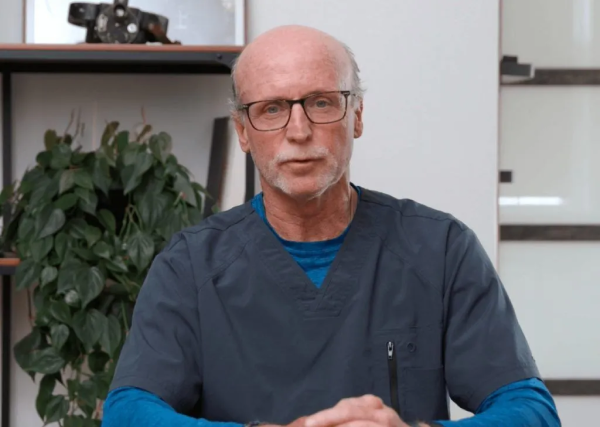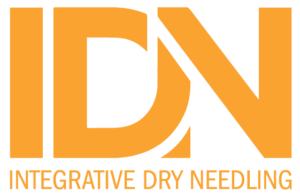Musculoskeletal (MSK) Ultrasound is a safe, non-invasive imaging technique that provides high-resolution images of your muscles, tendons, ligaments, nerves, and joints in real-time, helping diagnose and guide treatment for various conditions with minimal discomfort.
Note: By clicking "Enroll Now", you will be redirected to the MSK Masters page to complete your enrollment and purchase the course.
MSK Ultrasound offers practitioners a cost-effective, accessible diagnostic tool that enhances patient care by enabling immediate, high-resolution imaging without the need for expensive equipment or facilities. Its portability and real-time feedback facilitate dynamic assessments and guided procedures at the point of care, improving diagnostic accuracy and treatment outcomes in diverse clinical settings.

Boost your precision and patient satisfaction with MSK Ultrasound; experience the advantage of immediate, dynamic insights for targeted treatments.
This video course is brought to you in collaboration between IDN and MSK Masters.
Note: By clicking "Enroll Now", you will be redirected to the MSK Masters page to complete your enrollment and purchase the course.
Understand the ins and outs of musculoskeletal ultrasound
Understand the mechanics and ergonomics needed to perform accurate ultrasound guided injections which produced optimal outcomes
Understand the role of musculoskeletal ultrasound in clinical practice
Gain access to MSK Masters ultrasound report templates
Module 1: Introduction

Dr. Moore is an extremely highly regarded and sought after pioneer, teacher and author in the quickly emerging field of musculoskeletal sonography.
He teaches using straightforward and easy to understand teaching methods that have been deemed essential to shortening the learning curve for medical practitioners, medical sonographers, physician assistants, nurse practitioners, physical therapists and allied health professionals as they develop expertise in MSK sonography.
Click on the "Enroll Now" button above. You will be redirected to the MSK Masters website to complete your enrollment and purchase the course.
On the MSK Masters website after you complete the enrollment process and purchase the course, you will gain immediate lifetime access to the MSK Ultrasound course materials.
Start learning and mastering MSK ultrasound immediately after gaining access to the course materials. Interested in taking a live course? Check out our live MSK Ultrasound courses!
Starts at just...
Note: By clicking "Enroll Now", you will be redirected to the MSK Masters page to complete your enrollment and purchase the course.
Get both courses together and save!
Note: By clicking "Enroll Now", you will be redirected to the MSK Masters page to complete your enrollment and purchase the course.
Starts at just...
Note: By clicking "Enroll Now", you will be redirected to the MSK Masters page to complete your enrollment and purchase the course.
© Integrative Dry Needling 2025 | All rights reserved | Designed by Weblink
any IDN Course!
*Valid for new registrations only and can not be combined with other discount codes. Offer Expires: 7/7/2024

Not sure which course is right for you? No problem – we created an intuitive process to help!